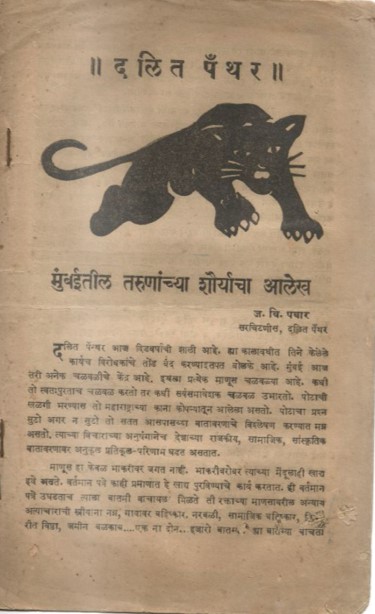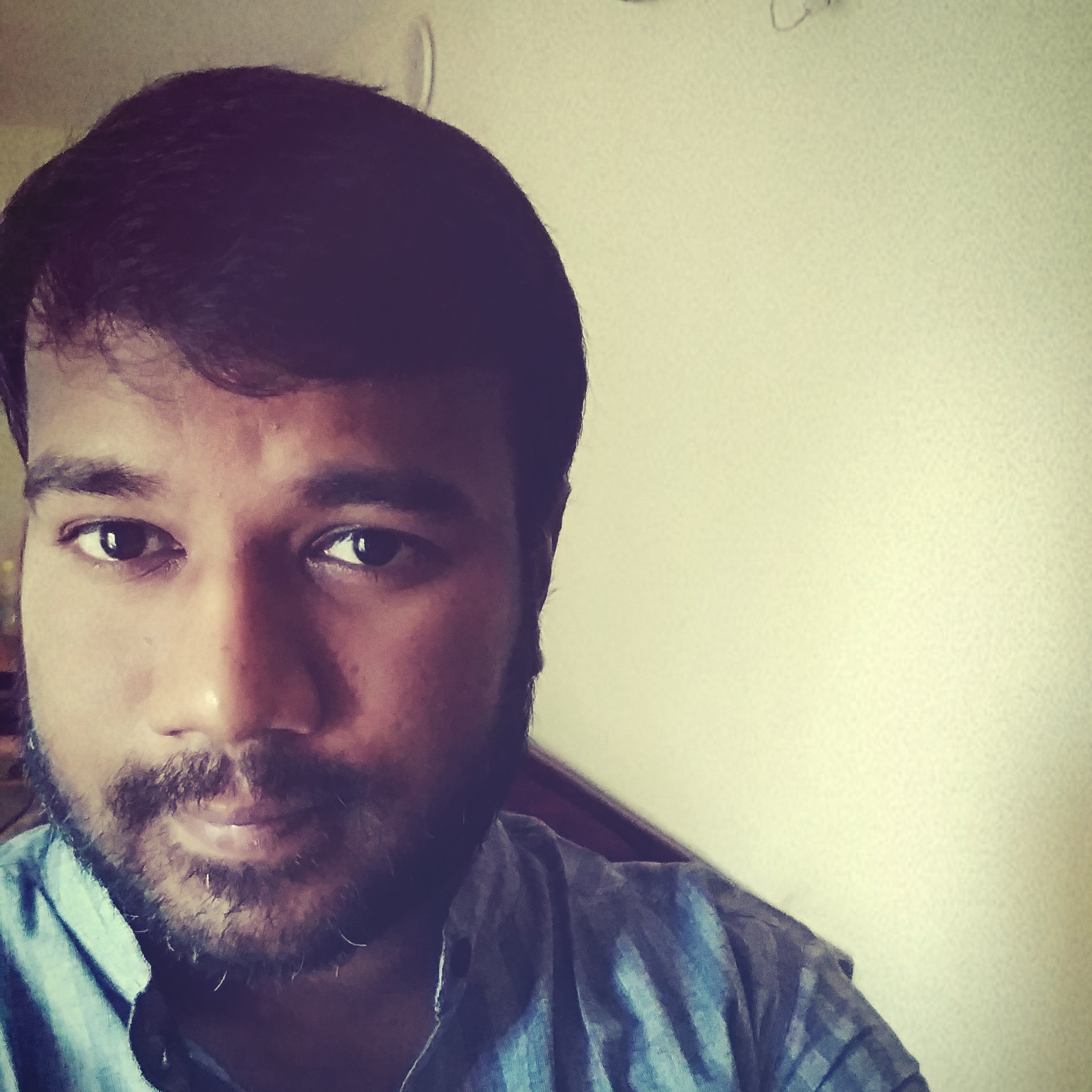Muhammed Jahfer
A sacred fire was lit, around which priests who had come from Tanjore performed rituals and chanted hymns. ‘Tryst with destiny’ was delivered by Jawaharlal at time stipulated by Hindu astrologers. Following that, when the whole world fell asleep, India woke to freedom.1 The rituals that were associated with the foundation of the republic and the farces that got prioritized needed to be narrated. Even in the contemporary times, successors to this performative ‘idea of India’, who are overly privileged to be ‘casteless’ or rather caste-blind, reiterate the same ‘inclusive nationalism’. Old wine in new bottles.
Majoritarian liberals, who always pamper the majority, have been antithetical to anything which carries slightest elements of organic leaning. The idea of getting Dalit- Bahujan- Muslim movements onto a common platform challenging the core of the brahmanical state is seen as deviation from the ‘idea of India’. However, it is received with obscene glee in the academia too. Let’s just keep aside the Hindutva narrative when the elephant in the living room is brahmanism.
Any identity assertion from the oppressed classes is called upon to clarify whether ‘you are with us or with them’. Are you on the side of secular liberal or on the side of fundamentalist right? The problem of the right is quite understandable. But, the frustration of the liberals with the movement is perplexing as well as self defeating. One should rather remind them to ‘live and let live’.
Aditya Nigam observes that the ‘dalit politics embodies a dogged resistance to the binaries set up by modern politics in the era of nationalist struggle and subsequently in the contemporary moment. It refuses to get incorporated into either term of the binary of nationalism/colonialism and secularism/communalism. It represents in its very existence, the problematic ‘third term’ that continuously challenges the common sense of the secular-modern.’2 From this premise, one could conclude that the upper castes on both sides of the binary take refuge from their privileged- caste identity and subsequently the liberals and the left delegitimize the Bahujan uprise by calling it communal and sectarian.
What makes the privileged progressive liberals feel threatened when the oppressed or the targeted communities celebrate their identity, assert self-respect, and challenge the status quo? In the so-called united opposition against the Citizenship Amendment Act 2019, the explicit Bahujan-Muslim assertion irked upper caste liberals. Many feel threatened that their privilege or savarna caste identity would get exposed as Bahujans and Muslims with no reluctance come out onto the streets for what they are. Thus, threatened intelligentsia finds asylum in binary of secularism/communalism or hegemonises the entire project via patronization.
Idea of India is neither plural nor inclusive. It is merely a philosophical foundation which, in its all forms, perpetuates and in fact justifies inequality. It has been celebrating the Karma theory which constantly legitimizes every misery in the life is result of ethical and moral wrong committed in the previous incarnation. This metaphysical incorporation is the idea of India, rest are mere decorated fallacies and celebrated fantasies. Perpetrators of its modern avatar have consistently been trying to distinguish between Hindutva and Hinduism. Further, it says Hindutva is monolithic, more like Islam and Christianity than Hinduism. It does not want to be an ally of voices in the margin, but its patron. To be specific, it embodies performative secularism and flawed integration.
~
Reference
1. Anderson, P. (2012). The Indian Ideology. India: Three Essays Collective. p, 92-93.
2. Nigam, A. (2000). Secularism, modernity, nation: epistemology of the Dalit critique. Economic and Political Weekly, 35, 4256-4268.
~~~
Muhammed Jahfer recently graduated from the Tata Institute of Social Sciences, Tuljapur.









